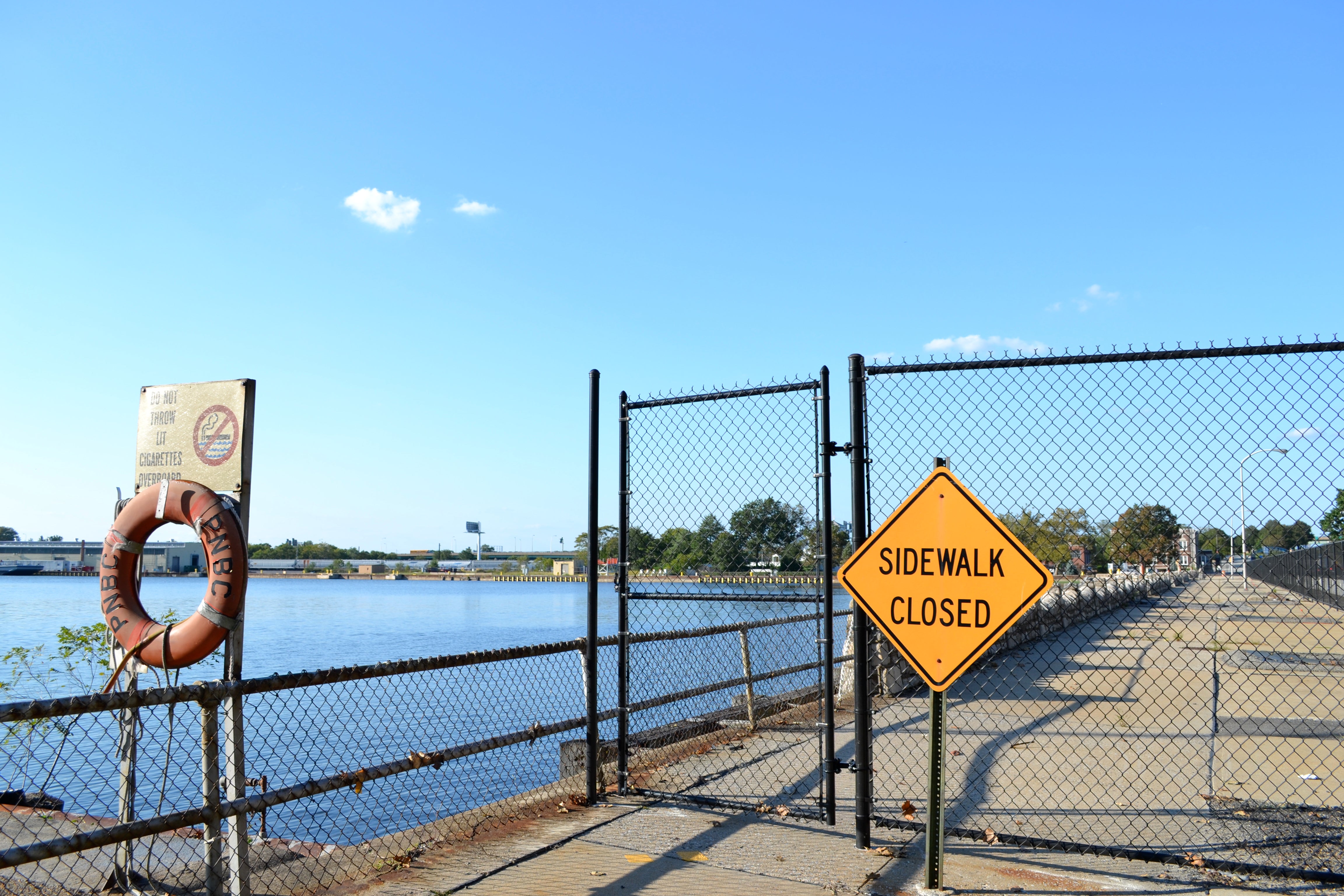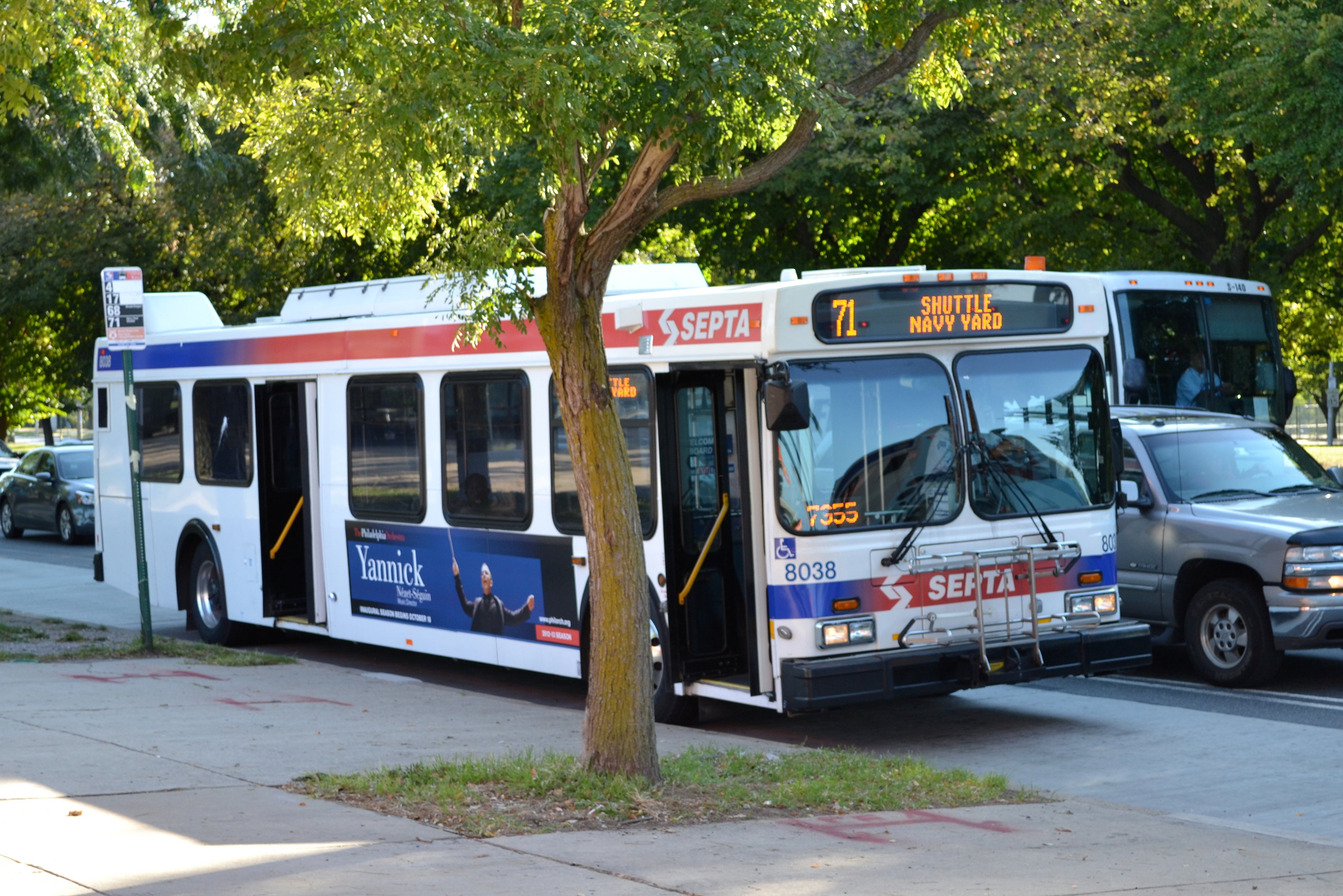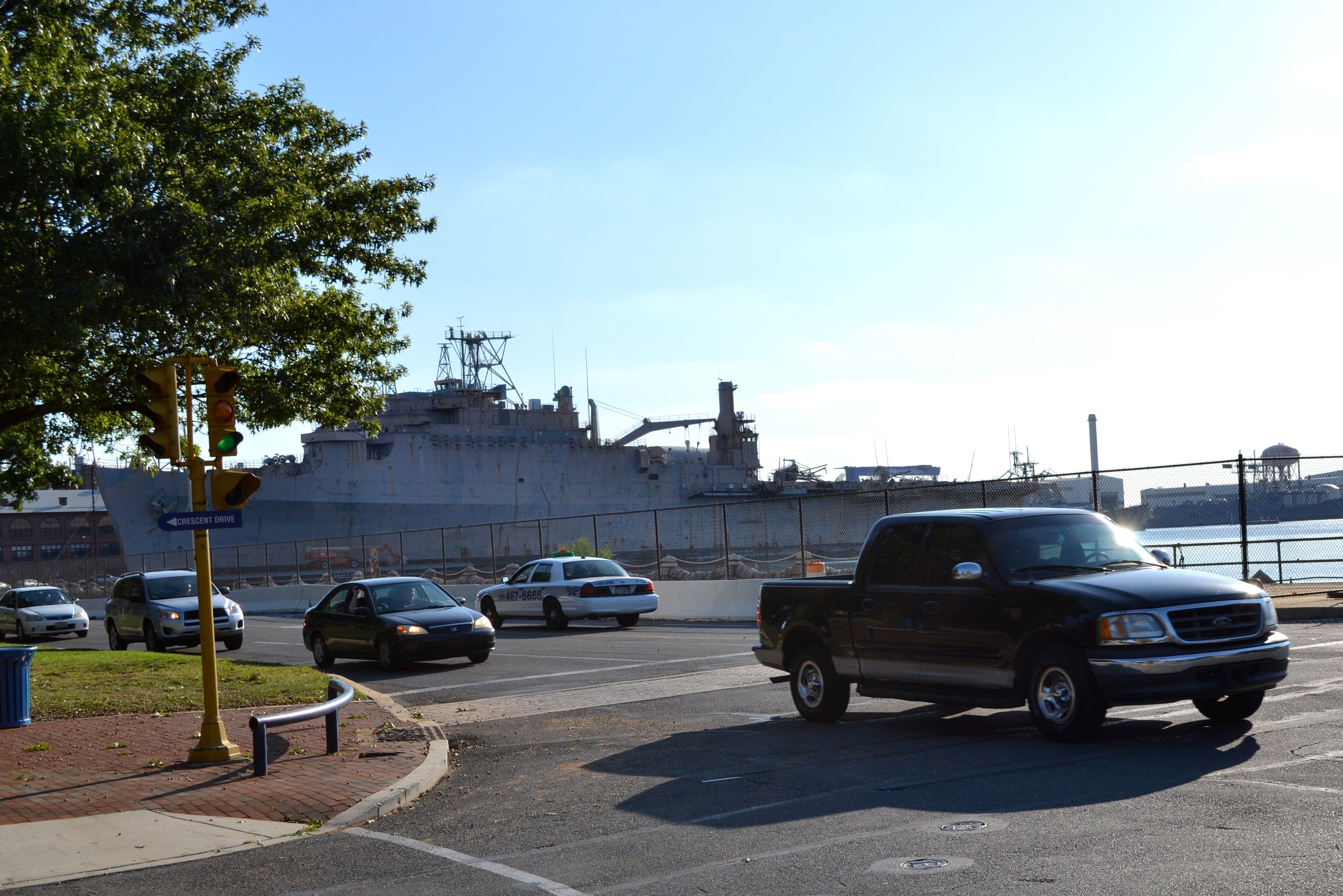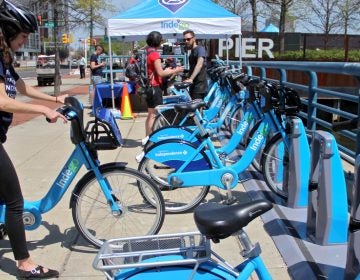Navy Yard transit forum talks about diverse ways to get to the growing business hub
As the Navy Yard brings its employment numbers back to nearly 10,000 and sets its sights on double or triple that in the next 10 to 15 years, the groups leading development are faced with an important question – how to get those employees from Center City and beyond into the somewhat disconnected Navy Yard.
Friday, the Navy Yard Transit Connections forum, held by state Sen. Larry Farnese, brought together Navy Yard employers, transportation agencies and elected officials to discuss the Navy Yard’s transit future.
The Navy Yard’s location outside of Center City was once a strategic selling point, but today that distance poses a problem for the daily commuters and visitors looking to use public transit or alternative options like bicycles.
The Navy Warfare Center is just one employer “taking notice that there’s transportation here, but it could better, and that’s a huge concern,” Mark Medvesky, Navy Warfare Center branch head of Congressional Public Affairs, said at Friday’s transit forum.
Public transit to the Navy Yard
To get to the Navy Yard via public transportation today, commuters can take the Broad Street Line to AT&T station and transfer to the Route 71 Navy Yard Shuttle.
But with one bus every 20 minutes and Navy Yard employees coming and going at various times of the day, that is not always convenient. Ridership on Route 71 has proved low, and as of November 30 SEPTA will discontinue the service.
“The shuttle does not carry that many people,” Byron Comati, director of strategic planning at SEPTA said. “It’s very disappointing in its numbers.”
He described it as a chicken-and-egg situation – does Route 71 lack riders because it only comes once every 20 minutes or does it only come every 20 minutes because it lacks riders?
In place of the discontinued Route 71, Philadelphia Industrial Development Corporation – the non-profit city and chamber of commerce joint venture in charge of Navy Yard planning and development – will launch a private, Navy Yard-branded shuttle service on December 3.
PIDC and SEPTA hope this will allow for expanded Navy Yard shuttle service and for the Route 71 SEPTA buses to be reallocated to other parts of the city.
“The result of not using SEPTA for the bus service anymore is really about improving on what the service is today,” said Brian Cohen, vice president and city manager of Liberty Property Trust, which is helping PIDC develop the Corporate Center.
“The [shuttle] option is not going away,” he said. “It’s going to be enhanced and improved.”
The idea for the shuttle is to run an express service from Market East Station to the Navy Yard during morning and evening peak hours and a regular loop service from the AT&T station to the Navy Yard, in place of Route 71, throughout the day.
The shuttle will offer slightly expanded service and an increased frequency, with buses running every 15 minutes, Chris Jandoli of Parsons Brinkerhoff, an engineering management company, said.
Extending Broad Street Line to the Navy Yard
The shuttle is an interim public transit solution.
There is talk of eventually extending the Broad Street Line past the AT&T station, where it stops now and meets the Route 71, all the way to the Navy Yard.
Though that project is still in an early study phase, SEPTA in collaboration with PIDC, the Philadelphia City Planning Commission and the Mayor’s Office of Transportation and Utilities have applied for a Federal Transit Authority grant to complete an alternative analysis – the next major step in the analysis phase.
While some question where funding for such an endeavor would come from, PennDOT’s Robert Sharp, chief, rural and intercity division, encouraged continued planning.
“You have to plan,” he said. “You have to be ready even though it gets frustrating sometimes… You never know when the funding is going to come around.”
Alternative transit options
Extending the Broad Street Line is not the be all end all public transit solution, and Andrew Stober, MOTU chief of staff, reminded the forum that “providing customers an abundance of viable, high quality options is important.”
PIDC is also considering improved bicycle and pedestrian infrastructure.
When GlaxoSmithKline begins moving its 1,350 Center City employees to the Navy Yard in early 2013, it hopes to offer bicycle-sharing pods in the Navy Yard for recreational use and near Market-East Station for commuter use.
“I think what we’ll see is most people will take the mass transit route,” said Angelo Voutsinos, GSK transportation coordinator. “We [also] have an interesting dilemma where we have a lot of people interested in biking.”
James Smith, of Urban Outfitters’ planning department, said the company would like to see consideration for methods other than public transit, including improved parking infrastructure.
“We can’t take a single course of action,” he said. “It needs to be inclusive of infrastructure as well.”
“I don’t think any of us want to see the Navy Yard become a giant service parking lot, but I do think there’s probably ways we can approach this to create a more aesthetically pleasing solution.”
Friday’s discussion focused primarily on employee transit solutions, but some audience members raised the point that customers and, for companies like Jefferson Health System at the Navy Yard, patients must be considered as well.
Before the forum concluded, SEPTA’s Comati suggested one other option – ferries. He cited their success in Boston and New York.
“For some people it may be an attractive way to get here,” he said. “It’s an alternative. I happen to think it does have some merit.”
Whether future Navy Yard visitors get there by plane, train, boat or bicycle, the plans for future development leave room for change and, possibly, trial and error.
“The best thing about … everything we’re designing is there’s a fundamental flexibility to it,” Jandoli said.
WHYY is your source for fact-based, in-depth journalism and information. As a nonprofit organization, we rely on financial support from readers like you. Please give today.








